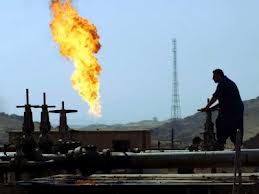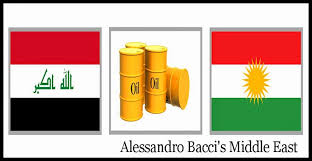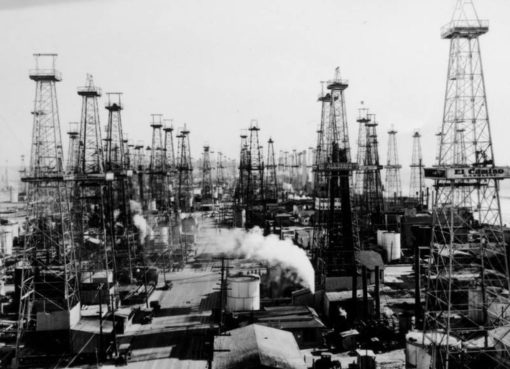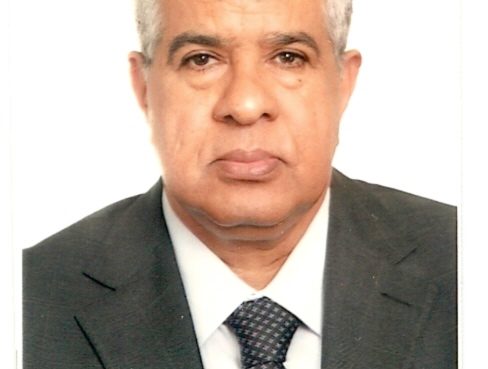As oil prices have tumbled, one question has reverberated around the market: what is Saudi Arabia up to?
Little restraint has been shown by some energy market watchers in their commentary on the recent sell-off and the role played by Opec’s biggest producer.
The 25 per cent fall in the price of Brent crude since mid-June, to almost four-year lows, they say, is the result of a deliberate strategy by the Gulf nation to test the mettle of rival producers from Russia, to fellow Opec member Iran and US shale producers.
By refusing to lower production significantly and by cutting export prices, Saudi Arabia has started a price war that it expects to win because of its cheaper cost of production and huge foreign exchange reserves.
But cooler heads say Saudi Arabia’s recent actions are more nuanced and a reflection of market realities.
“Whenever there are questions over what the Saudis are thinking, people tend to revert to their default setting, which is that ‘this is clearly a political gesture’ and what they are doing is part of some grand design,” says Bill Farren-Price, chief executive of consultancy Petroleum Policy Intelligence and a long-time Opec-watcher. “It’s an absolute myth.”
Prices have extended their rout into a fourth month, as high levels of production from North American shale formations has coincided with sustained output from Libya and Iraq, despite the bloodshed that has ravaged both countries. At the same time demand has slowed amid sluggish economic growth in Europe and Asia, creating a surplus.
With the current market scenario having crept up on Saudi Arabia, it has had two options: accept a period of lower prices in order to retain market share. Or, cut production and sacrifice market share in defence of higher oil prices. It seems to have taken the former.
“For the Saudis, cutting production significantly right now is suicidal. They are not going to fight such market movements,” says Nat Kern, president of Foreign Reports, a Washington-based consulting firm. “They could cut to stabilise the price at $100, but demand is weak, so they could then be in a position where they would have to cut again and again.”
Higher prices would only encourage more drilling from US shale groups and other high-cost producers. All the while, they would only continue to lose market share.
Saudi Arabia has learnt from the past, some analysts say. Shrinking exports from 10m barrels a day in 1980 to less than 3m five years later failed to support prices as non-Opec supply grew and demand slowed.
In turn, to ensure Asian refiners take Saudi oil amid sluggish demand, the Gulf nation has been shaving prices for the past several months for the region where it sees its future growth. The latest cut for November, with prices for some grades falling to their lowest since December 2008, sent the price of Brent crude spiralling lower and spooked traders.
“A technical decision to cut prices for commercial reasons has been misinterpreted by many oil market watchers to be primarily a political decision,” says one Middle East oil analyst who did not wish to be named.
Of course, “they are not sad that other [rival] producers are feeling the pain”, she says, “but this is not about a political attack on the US or Iran or about engaging in a price war with rivals in the region. This is not how it works.”
How Opec and the cartel’s largest producer Saudi Arabia makes decisions about potential production cuts also needs consideration, says Paul Horsnell, a veteran oil analyst.
“Saudi Arabia does not react to short-term price movements, but to quantities [of oil in the market],” said Mr Horsnell. “The steepest drops in price have only happened very recently, so it is not a great surprise that they have not responded yet.”
The real concerns about surplus production, as flagged by the International Energy Agency last week, do not take hold until the first quarter of 2015, he adds. This is not an immediate worry, as in 2008. “They can easily sit tight for six weeks at [the] least, until the next Opec meeting.”
Interactive map
New extraction techniques and high oil prices boost US oil production
Remarks by Saudi officials to analysts in New York and London suggest the kingdom can withstand an extended period of lower prices and may be comfortable at $70 a barrel. This, they hope, will induce demand, curtail some supply and balance the market.
Already the price of Brent crude has bounced back a little to about $86 a barrel, from a low of roughy $83 last week. Traders are holding out for greater Chinese demand to support the price further.
“With prices hovering in the $80 to $90 range, they don’t feel the need to act,” adds Mr Kern. “But if the price fell a lot lower, to let’s say $60, then they would look to take action. But they don’t think they’ll drop that low.”
But Bob McNally, a former White House official and now head of Rapidan Group, a Washington-based consultancy, has gone as far to say that recent comments from Saudi officials suggest the Gulf nation may leave the option of cutting to the Americans.
“Riyadh sees less of a need to act as the swing supplier in a weak market . . . now that relatively price-responsive US producers have entered the scene,” he says. “The Saudis believe that these shale producers are a blessing, as they put a ceiling on the price as well as a floor. It’s as if they are the newest member of Opec.”
Source: Financial Times, 20 October 2014








Comment here